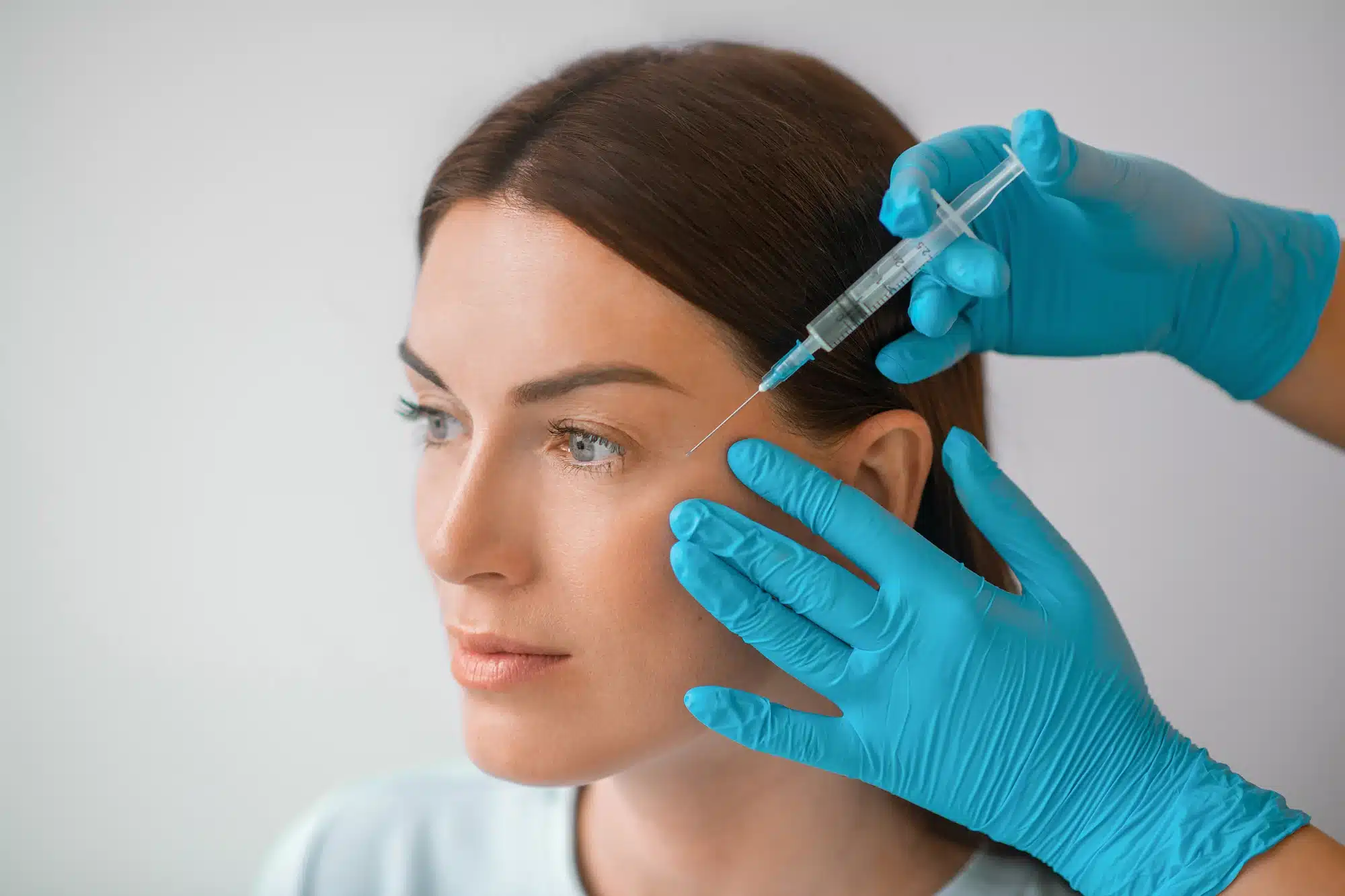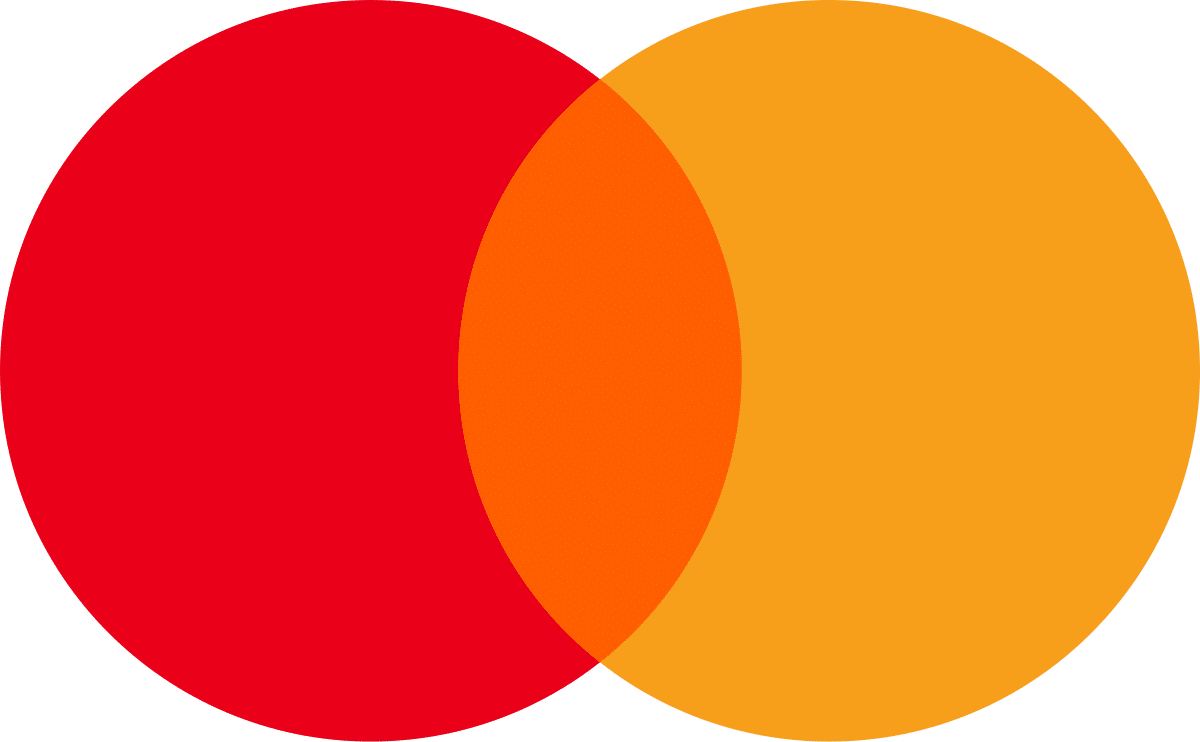
Why is Botox for masseter such a popular treatment
The use of Botox in a masseter treatment is ideal for patients who want to reduce the size of the masseter muscle, which is the main muscle the jaw uses. Certain ethnicities have a higher tendency to develop excessively square facial features, something that may not be considered aesthetically pleasing. For patients who have this jawline, Botox is an ideal way to make an improvement to their facial features. Indeed, Botox has been designed with patients like this in mind, when a painless, non-surgical jaw reduction is needed. The treatment provides an alternative to conventional surgical procedures, which often are highly invasive in nature.
The ideal candidate would have a square jaw caused by the masseter muscle. Botox cannot reshape the bone structure of the jaw.
What to expect when receiving Botox injections on the Masseter Muscle
Traditionally, jaw reduction could only be achieved though surgical procedures, which, as mentioned earlier, tend to be invasive with a high risk of complications. It involves the reshaping of the jaw bone (mandible) through shaving or cutting. In contrast, Botox for masseter muscle reduction is noninvasive and causes minimal downtime. As an added bonus, Botox for masseter reduction is not likely to cause any dental alignment issues or sensation issues, which has not historically been the case with conventional surgical procedures. Also, Botox is not associated with causing pain in the TMJ area, a problem common in masseter reduction surgery.
How does Botox reduce the Masseter muscle
In terms of the facial effect, the use of Botox for masseter muscle reduction helps to reduce the size of the masseter muscle, significantly enhancing the facial proportions. After the procedure (in which Botox is directly administered into the masseter muscle), patients will, over time, gradually learn to use and flex their masseter muscle with less force. In addition to the masseter muscle, Botox also works on the parotid gland (a salivary gland near the masseter muscle) to reduce its size. Various studies have attested to the long-term corrective results of Botox.
How many injections or procedures are required to notice results
The initial phase of Botox treatment typically consists of two to three sessions. The second session is usually scheduled two to four months after the first treatment. In most cases, a second treatment is enough to produce satisfactory results. Rarely required, a third treatment is mostly recommended for patients who need further correction.
How Botox is injected on the masseter muscle
Designed to be minimally-invasive, the treatment involves the administration of several injections directly into the masseter muscle. As with other aesthetic procedures, Botox for masseter muscle reduction should only be administered by trained healthcare professionals, as self-administration may result in severe injection-related complications. During the injection, make sure that the needles and syringes are sterile. Use Botox cautiously if the injection site is inflamed. Anesthesia is not needed in most cases. Keep in mind that Botox in not interchangeable with any other botulinum toxin injections, such as Dysport, as its potency units are specific to the assay and preparation method used. When treating the masseter muscle with Botox, practitioners should follow the administration and dosage recommendations. Appropriate injection technique is often the key to successful treatment.
How many units of Botox are used for Masseter
When treating the masseter muscle using Botox, there is not set dosage. The number of units needed vary depending on the size of the muscle. On average, patients require a Botox dosage of 25 units on each side. As per the prescribing instructions, the maximum recommended dosage for Botox is 400 units in three months.
How to avoid complications
In general, the side effects of Botox are specific to the area being treated.
To reduce the risk of allergy reactions, do not use Botox in patients who have known allergies to any botulinum toxin preparations. Similarly, Botox should not be used in patients who are allergic to any of the inactive components of Botox. To reduce the risk of side effects, do not inject Botox into treatment sites that are infected.
As a precaution, patients should stop using Aspirin or anti-inflammatory drugs two weeks before the procedure, which will help reduce the risk of bleeding. At the same time, patients are advised to avoid alcohol intake for a week before receiving Botox injections.
How long do results last in the jaw area and when to repeat
For optimal results, it is important to receive Botox injections as scheduled. While patients can expect long-term results, they should understand that Botox is not designed to work permanently. Regardless, the results of Botox are reasonably long-lasting. For patients who are looking for further contouring, Botox treatment should be repeated once every six months.
Botox for masseter reduction helps to subtly reduce the prominence of the jaw. Thanks to its unique formulation, Botox is able to deliver this kind of result in a long-lasting manner without causing major downtime or serious complications. With the improvement in the appearance of their jaw, patients can build higher confidence and self-esteem.
What makes Botox a leading cosmetic and medical option
Botox is a popular aesthetic injectable that contains botulinum toxin type A. Manufactured by Allergan, Botox is used in more than 78 countries around the world. This includes the US, Canada, and many other countries in Europe, South America, and Asia. Essentially, Botox exerts its effect by blocking the release of release of acetylcholine (ACh) in nerve cell terminals, thereby causing chemical paralysis that results in muscle paralysis.
Clinically, Botox is used to treat a number of medical conditions, including hyperhidrosis (excessive sweating), urinary incontinence, cervical dystonia, blepharospasm, spasticity, and overactive bladder. For many years, Botox has been used for its anti-aging properties to reduce lines. In fact, Botox has been used for the treatment of moderate to severe wrinkles, such as forehead furrows, frown lines, crow’s feet and smoker’s lines. Botox is especially effective in correcting dynamic wrinkles, which are usually caused by facial movements. More recently, Botox has been used by practitioners for masseter muscle reduction.
Related Articles
Joanna Carr
Dermal Fillers for Acne Scars: Types, Procedure, Cost, and More
Have an interest in learning about Dermal Fillers Treating Acne Scars: Variants, Procedure, Cost & More? Browse Doctor Medica's extensive archive of b...
Joanna Carr
Radiesse Vs Juvederm: 5 Minute Read
Interested in learning more about A Brief Comparison Of Radiesse Vs Juvederm? Browse Doctor Medica's comprehensive archive of blog posts.
Joanna Carr
Body Image Negativity After Childbirth: Prevention And Solutions
Interested in learning more about Prevention, Solutions For Body Image Negativity After Childbirth? Browse Doctor Medica's comprehensive archive of bl...


